Gangtok, the capital of Sikkim, is not only a scenic wonderland but also a cultural hub that blends tradition and modernity. Nestled in the Eastern Himalayas, this vibrant town offers a unique window into Sikkimese heritage, where ancient customs, colorful festivals, and spiritual landmarks coalesce to tell the story of a people deeply rooted in their traditions. If you’re looking to dive deeper into the rich cultural tapestry of Gangtok, here are some must-experience highlights that will make your visit unforgettable.
1. Monasteries: The Heart of Sikkimese Spirituality
Gangtok is home to some of the most revered Buddhist monasteries in the region, offering a serene glimpse into the spiritual life of its people.
Rumtek Monastery
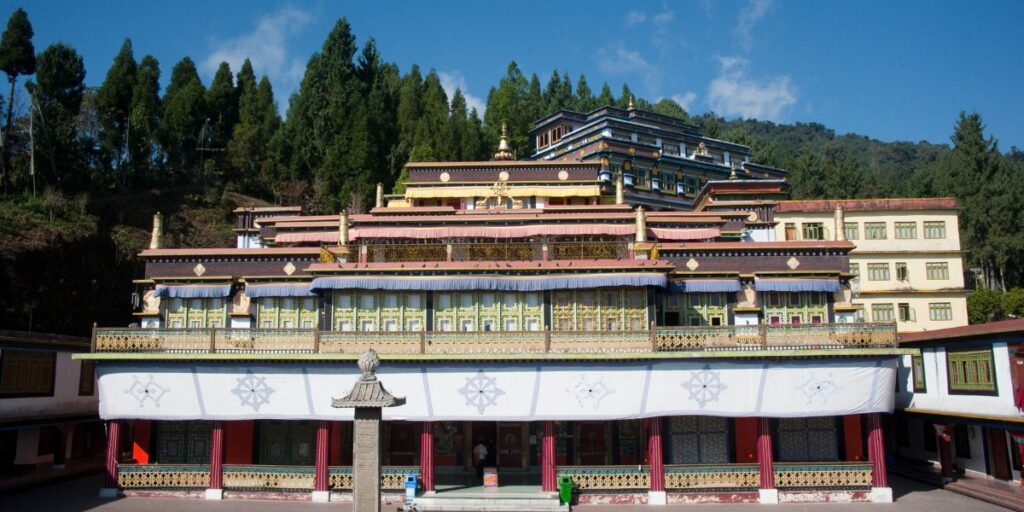
Located just outside Gangtok, Rumtek Monastery is one of the most important centers of Tibetan Buddhism. Built in the 16th century, it serves as the seat of the Karmapa, the head of the Karma Kagyu lineage. The monastery is a tranquil place of prayer, adorned with intricate murals, sacred relics, and colorful prayer flags that flutter in the mountain breeze.
Enchey Monastery
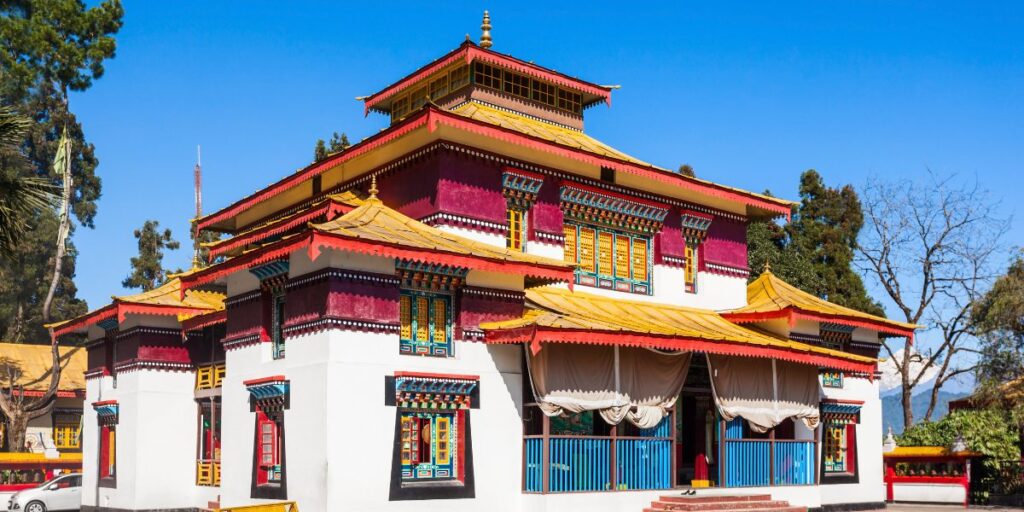
Closer to the city center is the Enchey Monastery, a 200-year-old sacred site that draws in both devotees and tourists alike. Every year, it comes alive during the Cham dance festival, where monks don elaborate masks and costumes, reenacting age-old spiritual stories through dynamic dances.
2. Festivals: Celebrating Life in Gangtok
Sikkim’s festivals are a vibrant display of its rich cultural heritage. These festivals celebrated with enthusiasm and devotion, give visitors a deeper understanding of Sikkimese life.
Losar
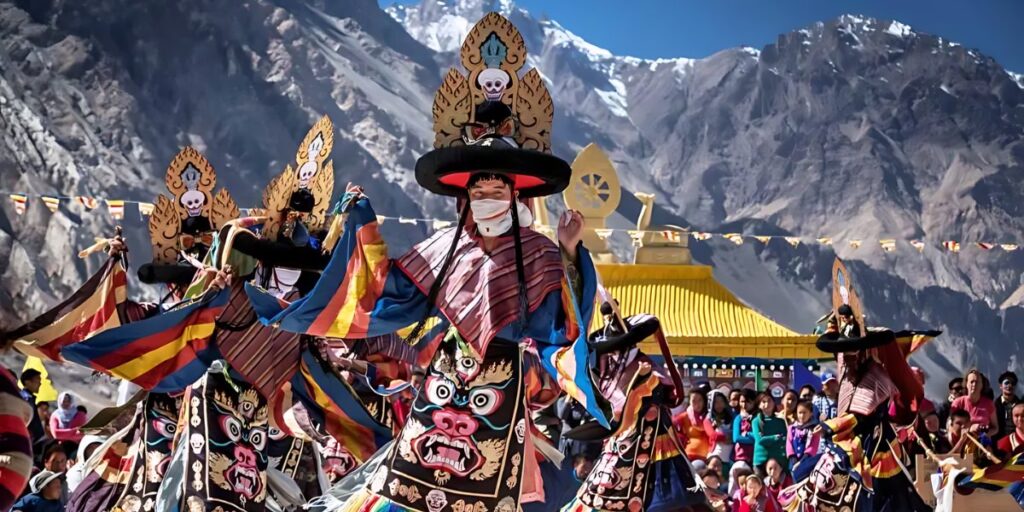
Losar, the Tibetan New Year, is one of the most important festivals in Gangtok. Held in February or March, it marks the start of a new lunar year. Streets are adorned with colorful decorations, and homes are filled with special food offerings to welcome prosperity and peace. The city buzzes with celebrations as locals gather for traditional performances, prayers, and feasts.
Saga Dawa
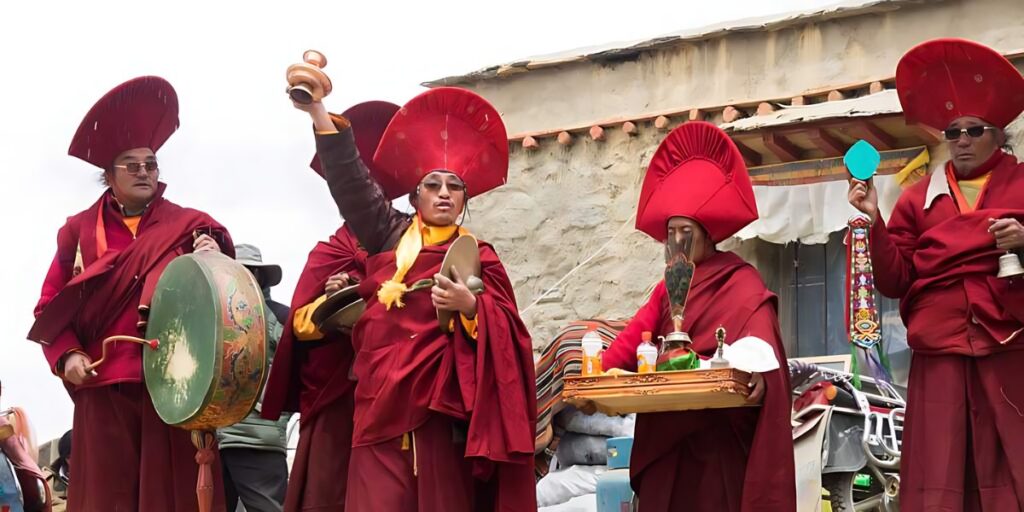
Another significant festival is Saga Dawa, which commemorates the birth, enlightenment, and death of Lord Buddha. Held in May or June, the streets of Gangtok come alive with processions of monks carrying sacred scriptures, chanting prayers, and playing traditional instruments. The event is a true spectacle of devotion and faith.
3. Traditional Handicrafts: A Testament to Sikkimese Skill
Every visit to Gangtok is complete with exploring its vibrant markets and handicraft centers, where local artisans showcase their skills passed down through generations.
Directorate of Handicrafts and Handloom
Visit the Directorate of Handicrafts and Handloom, an institution dedicated to preserving and promoting traditional crafts. Here, you can watch artisans create beautiful handmade items like thangkas (religious paintings), wooden masks, and woven carpets. Each piece tells a story and is a testament to the craftsmanship that has been preserved over centuries.
Local Markets
Explore Gangtok’s bustling markets, such as MG Marg and Lal Bazaar, to find unique, locally-made handicrafts, jewelry, and textiles. Shopping here not only gives you a chance to take home a piece of Sikkim but also supports the local artisans and their age-old traditions.
4. Cuisine: A Taste of Sikkimese Culture
Sikkimese cuisine is a delightful blend of flavors influenced by Tibetan, Nepalese, and Bhutanese culinary traditions. Don’t miss the chance to indulge in some of Gangtok’s most iconic dishes.
Momos
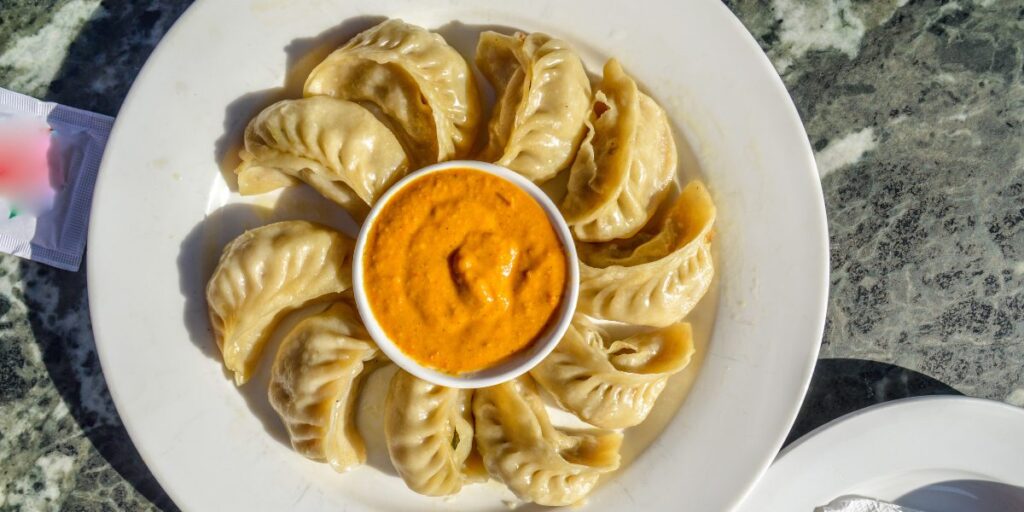
The famous momos, steamed or fried dumplings filled with meat or vegetables, are a must-try when in Gangtok. Served with spicy tomato-based dipping sauce, they make for a delicious snack that reflects the Tibetan influence on Sikkimese cuisine.
Thukpa

Another local favorite is thukpa, a hearty noodle soup packed with vegetables and meat. This comforting dish is a staple in Sikkim, especially during the cold winter months.
5. Traditional Dress and Dance: A Visual Feast
Sikkimese traditional dress and dance performances offer a visual treat, often seen during festivals and cultural programs.
Bakhu
The Bakhu, a loose, wrap-around garment, is the traditional attire worn by both men and women. Women often pair it with colorful blouses and ornate jewelry, while men typically wear it with a belt and traditional boots.
6. Traditional Dance: A Celebration of Music and Movement
Sikkimese festivals and celebrations come alive with the vibrant energy of traditional dances that reflect the community’s love for music and storytelling.
Maruni Dance
One of the most popular folk dances in Gangtok is the Maruni Dance, performed by both men and women. This lively and colorful dance is a key feature of festivals and weddings, where dancers, adorned in elaborate costumes, move to the rhythmic beats of traditional instruments, creating an atmosphere of joy and celebration.
Tamang Selo Dance
Another captivating performance is the Tamang Selo Dance, which showcases the Tamang community’s deep-rooted connection to music. Accompanied by the rhythmic beats of the daphmhu (a traditional drum), this dance is both lively and soulful, celebrating the community’s love for folk tunes and dance traditions.
These dances not only entertain but also reflect the cultural identity and collective spirit of the people in Gangtok, making them a must-see for anyone seeking an authentic cultural experience.
Namgyal Institute of Tibetology: A Cultural Repository
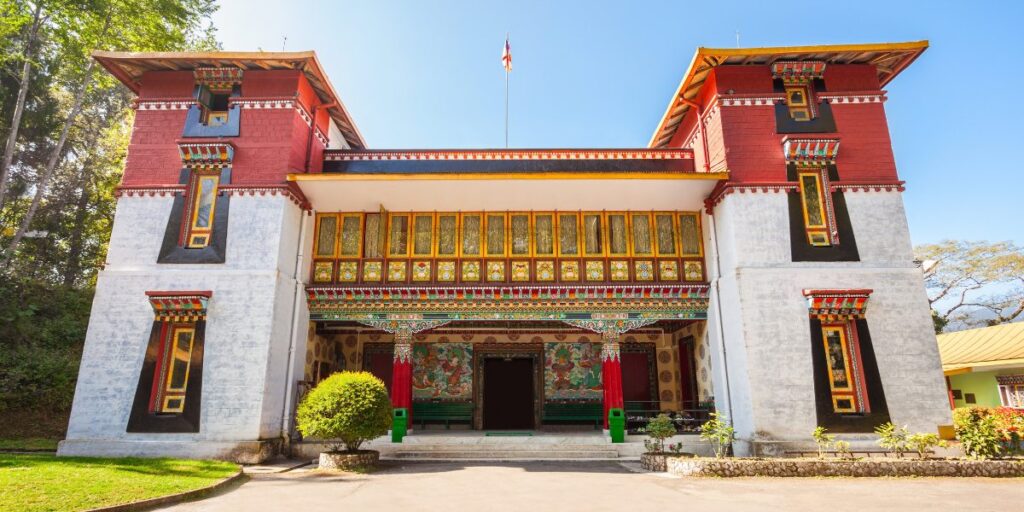
If you’re a history and culture enthusiast, the Namgyal Institute of Tibetology is a must-visit. Located in the heart of Gangtok, this institute is a treasure trove of Tibetan and Buddhist culture. Housing an extensive collection of rare manuscripts, artifacts, and artworks, the museum offers deep insights into the region’s rich spiritual and cultural history.
Conclusion
Gangtok is a vibrant representation of Sikkim’s cultural legacy; it is more than simply a gateway to the Himalayas. Gangtok provides an experience that goes beyond the scenic, with opportunities to see historic monasteries, participate in colorful festivals, taste local cuisine, and shop for handicrafts. It’s a chance to learn about the history and culture that make this place so unique.
Gangtok’s cultural immersion is not merely recommended—it is essential—for anyone seeking to genuinely experience Sikkim.
To fully immerse yourself in this captivating cultural journey, there’s no better place to stay than Hotel Evara Hills.
Situated amidst the breathtaking landscape of Gangtok, Hotel Evara Hills provides not only comfort and modern amenities but also stunning views that complement your exploration of Sikkim’s traditions. Whether you’re here to experience the festivals, savor local cuisine, or simply unwind in the tranquility of the mountains, Hotel Evara Hills offers the perfect retreat after a day of discovery.
Ready to explore Gangtok’s diverse cultural heritage? Contact us now to book your stay and make your Gangtok experience unforgettable!














